SEO (Search Engine Optimization) services can be a powerful tool for driving traffic to your website, increasing brand visibility, and boosting revenue. However, many businesses make mistakes when using SEO services, which can lead to missed opportunities and wasted resources. In this article, we’ll explore the seven most common mistakes and how to avoid them to maximize your SEO investment.
1. Choosing the Wrong SEO Provider
One of the biggest mistakes businesses make is choosing the wrong SEO provider. Many agencies promise quick fixes and unrealistic results, but SEO is a long-term strategy that requires time and consistent effort.
What to Look for in an SEO Provider:
| SEO Provider | Experience (Years) | Transparency | Ethical Practices (White-Hat) | Customized Solutions |
|---|---|---|---|---|
| Provider A | 10 | High | Yes | Yes |
| Provider B | 5 | Moderate | No | No |
| Provider C | 7 | High | Yes | Yes |
- Experience and track record: Look for providers with proven results.
- Transparent practices: Ask about their SEO strategies to ensure they use ethical, white-hat SEO techniques.
- Customized solutions: A good provider will tailor their approach based on your specific business needs, rather than using a one-size-fits-all solution.
Pro Tip: Avoid any provider that guarantees a #1 ranking on Google. No one can guarantee this, and providers making such claims often use black-hat techniques that can harm your website in the long run.
2. Overlooking On-Page SEO
While many businesses focus on backlinks and off-page SEO, they often neglect on-page SEO. On-page SEO involves optimizing individual web pages to rank higher and earn more relevant traffic. It includes optimizing title tags, meta descriptions, headers, and content.
Key Elements of On-Page SEO:
- Keyword optimization: Ensure your primary and secondary keywords appear naturally in the content, headings, and meta tags.
- User experience (UX): Pages should load quickly, be mobile-friendly, and offer a seamless navigation experience.
- Internal linking: Use internal links to guide users to relevant content and distribute link equity throughout your site.

3. Focusing Solely on Keywords
Keywords are important, but focusing exclusively on them without considering user intent is a common mistake. Google’s algorithms now prioritize context and user experience over simple keyword density.
Keyword Strategy Evolution:
- User intent: Focus on what your audience is looking for and create content that answers their questions.
- Long-tail keywords: Incorporate more specific, less competitive keywords that align with user intent.
- Natural language: Write for humans, not search engines. Avoid keyword stuffing.
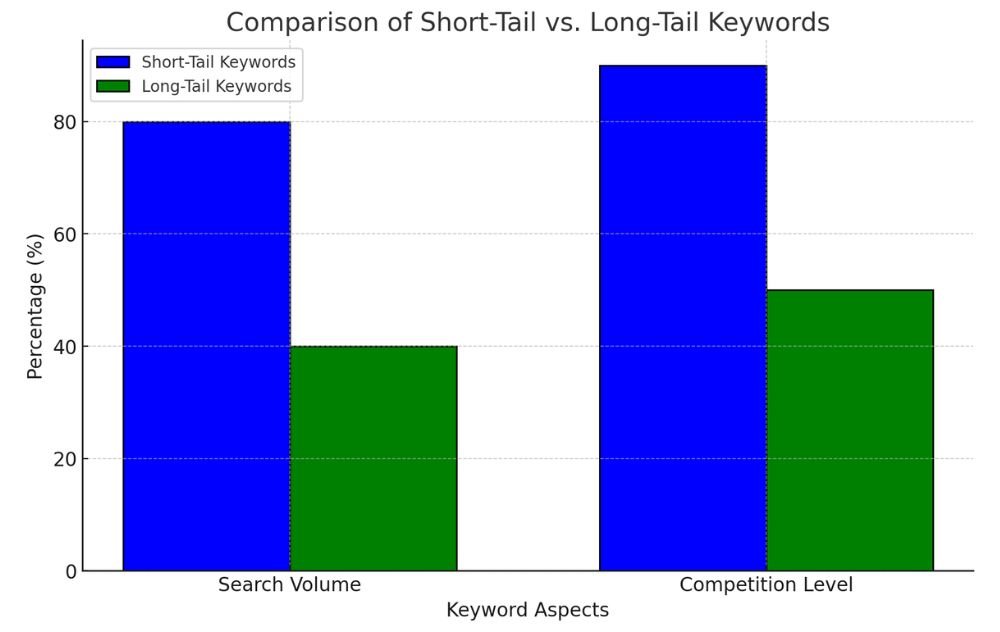
4. Neglecting Local SEO
For businesses with a physical presence or localized target audience, neglecting local SEO can be detrimental. Local SEO helps businesses rank for geographically related searches and show up in Google’s local pack.
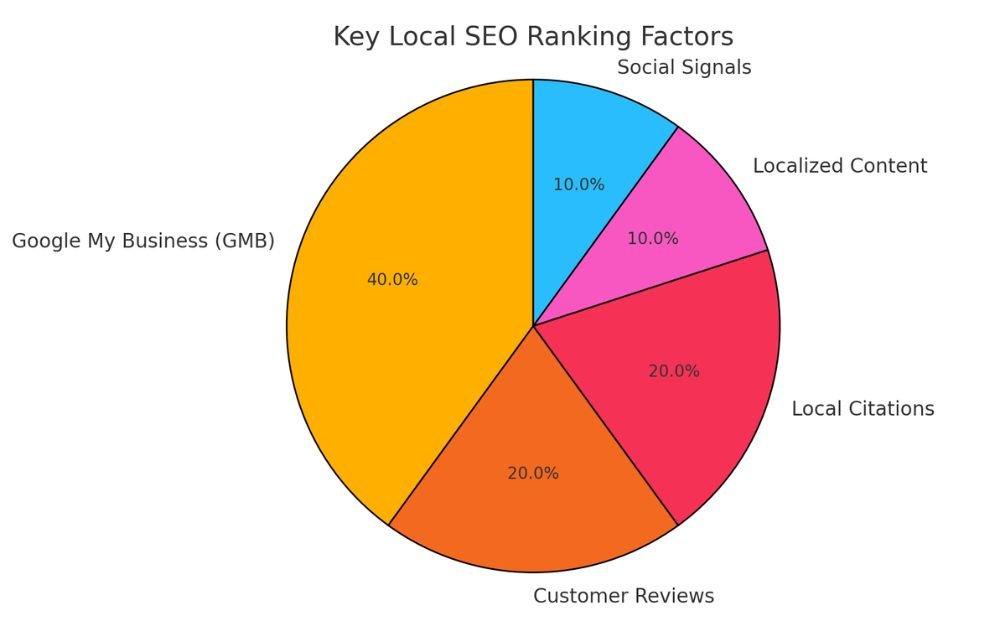
Steps for Effective Local SEO:
- Google My Business (GMB) optimization: Claim and optimize your GMB profile.
- Local citations: Ensure your business is listed consistently on local directories and review platforms.
- Localized content: Create content that is relevant to your local audience, including blogs and landing pages targeting local keywords.
Pro Tip: Encourage satisfied customers to leave reviews on your GMB listing, as reviews are a strong local ranking factor.
5. Ignoring Technical SEO
Technical SEO involves the backend optimization of your website and ensures that search engines can easily crawl and index your content. Many businesses neglect this aspect, leading to slower rankings and missed opportunities.
Common Technical SEO Errors:
- Slow page speed: Slow-loading pages can hurt your rankings and lead to higher bounce rates. Use tools like Google PageSpeed Insights to assess your site’s speed.
- Broken links: Regularly audit your site to identify and fix broken links.
- Improper redirects: Use 301 redirects for permanent URL changes to avoid losing link equity.
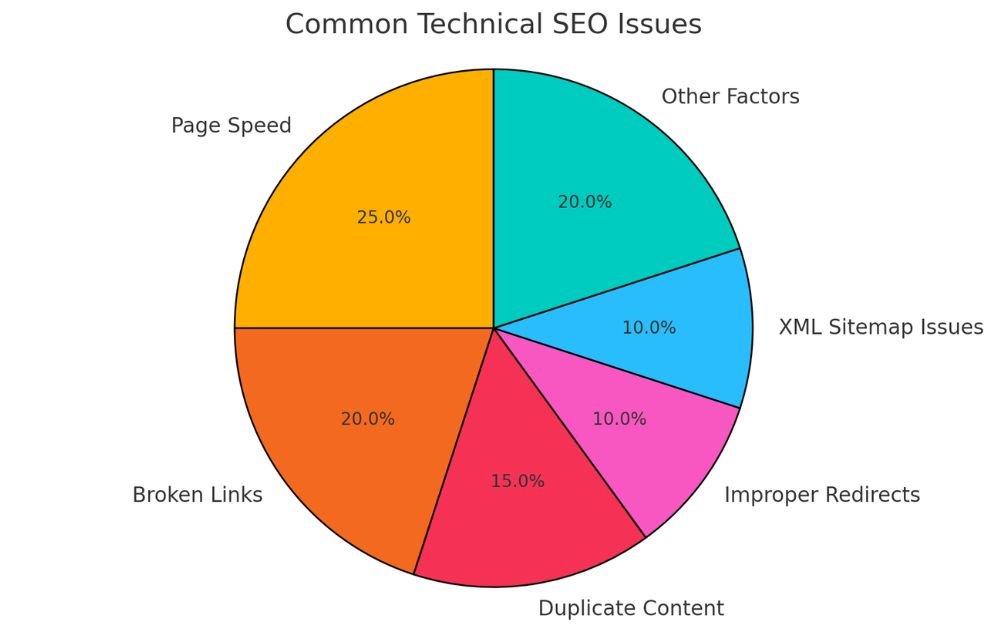
6. Not Tracking Performance
SEO is a data-driven practice. Without tracking key metrics, you won’t know whether your SEO efforts are working. Many businesses fail to set up proper analytics and tracking systems, leading to guesswork rather than informed decisions.
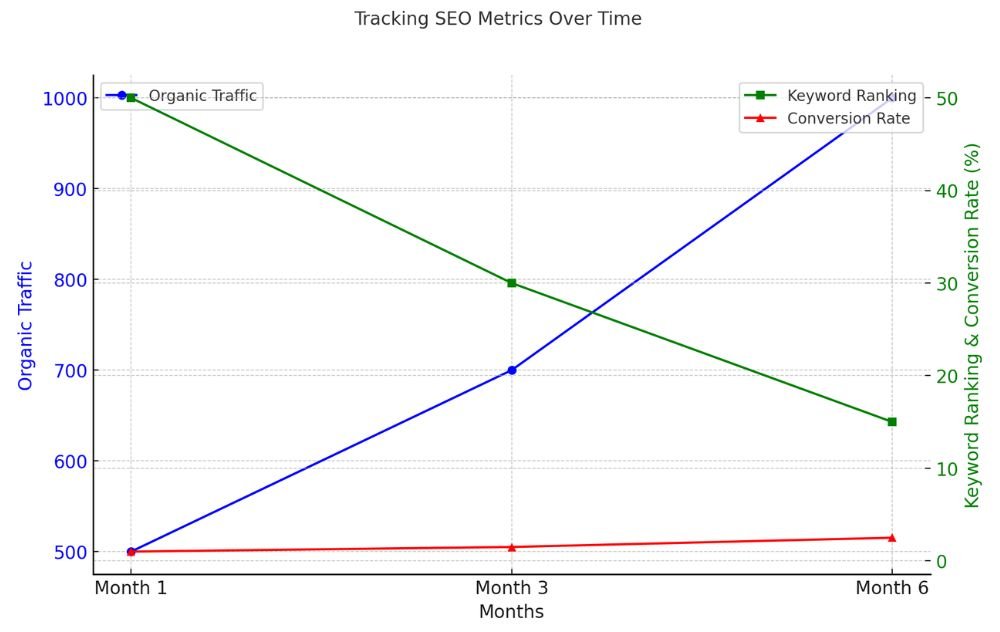
Metrics to Track:
- Organic traffic: Monitor the number of visitors coming from search engines.
- Keyword rankings: Keep track of your site’s rankings for target keywords.
- Conversion rate: Understand how many of your visitors are converting into customers.
- Bounce rate: A high bounce rate may indicate poor content quality or irrelevant keywords.
Pro Tip: Use tools like Google Analytics and Google Search Console to track your SEO performance. Regular reporting will allow you to refine your strategy over time.
7. Failing to Keep Up with SEO Trends
SEO is constantly evolving, with frequent updates to Google’s algorithms, user behavior, and search trends. A common mistake businesses make is failing to stay updated on these changes, leading to outdated strategies that no longer work.
How to Stay Updated:
- Follow industry blogs and news sources: Websites like Moz, Search Engine Journal, and Google’s Webmaster Central Blog regularly post updates and best practices.
- Experiment and adapt: Regularly test new SEO techniques and adapt your strategies as needed.
- Consult with experts: Partner with an SEO agency that stays up-to-date with the latest trends and algorithm changes.
| Google Algorithm Update | Year | Impact on SEO | Required Adjustments |
|---|---|---|---|
| Panda | 2011 | Penalized low-quality content | Focus on high-quality content, avoid thin content |
| Penguin | 2012 | Penalized manipulative link building | Build natural backlinks, avoid black-hat tactics |
| Hummingbird | 2013 | Focused on semantic search | Optimize for user intent, not just keywords |
| Mobile-First Indexing | 2018 | Prioritized mobile-friendly websites | Ensure responsive design, improve mobile performance |
Conclusion
Avoiding these common SEO mistakes can significantly improve your website’s visibility and performance in search engines. By choosing the right provider, focusing on both on-page and technical SEO, and staying updated on trends, your business can stay ahead in the competitive world of SEO. Remember, SEO is a marathon, not a sprint—success takes time, strategy, and consistent effort.
FAQs: Common Questions About SEO Services
SEO is a long-term strategy, and it can take anywhere from 3 to 6 months to start seeing noticeable improvements in your website’s search engine rankings. The timeline may vary depending on factors like competition, keyword difficulty, and the quality of the SEO services provided.
On-page SEO involves optimizing elements directly on your website, such as content, meta tags, and internal linking.
Off-page SEO focuses on activities outside your website that can improve your rankings, like building backlinks and social signals.
No, no one can guarantee a #1 ranking on Google. SEO is influenced by various factors, including algorithm changes, competition, and keyword difficulty. Any provider that guarantees top rankings should be approached with caution, as they may use unethical practices that could harm your site.
Long-tail keywords are more specific keyword phrases that tend to have lower search volume but higher intent. They are less competitive and more likely to convert users because they target niche audiences. For example, instead of targeting “shoes,” you might target “blue running shoes for women.”
Technical SEO focuses on optimizing the backend of your website to ensure it’s accessible and functional for search engines. This includes improving page speed, fixing broken links, ensuring mobile responsiveness, and optimizing your XML sitemap. Proper technical SEO is essential for improving your site’s crawlability and indexing.
Local SEO helps your business appear in search results for geographically related queries, especially when users search for services “near me.” Optimizing your Google My Business profile, collecting customer reviews, and using local citations can boost your local rankings, helping you attract more nearby customers.
Tools like Google Analytics and Google Search Console are essential for tracking SEO performance. They allow you to monitor metrics like organic traffic, keyword rankings, bounce rates, and conversion rates to assess the effectiveness of your SEO efforts.
SEO is ever-evolving, so it’s important to regularly review and update your strategy. Keep an eye on industry trends, algorithm updates, and changes in user behavior to ensure your strategy remains effective. A quarterly review is a good starting point, but larger updates might require more frequent adjustments.
Call to Action: If you’re unsure where to start or feel overwhelmed, contact us for a free SEO audit. We’ll help you identify areas for improvement and create a customized strategy to help your business grow online.



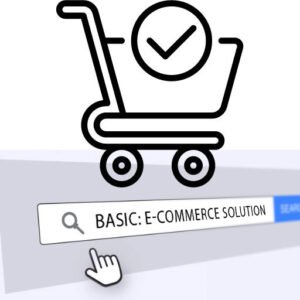



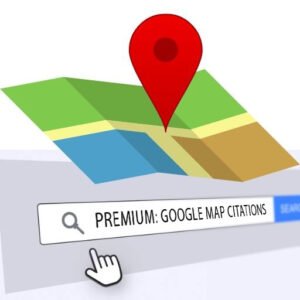
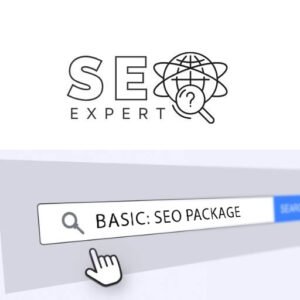

0 Comments